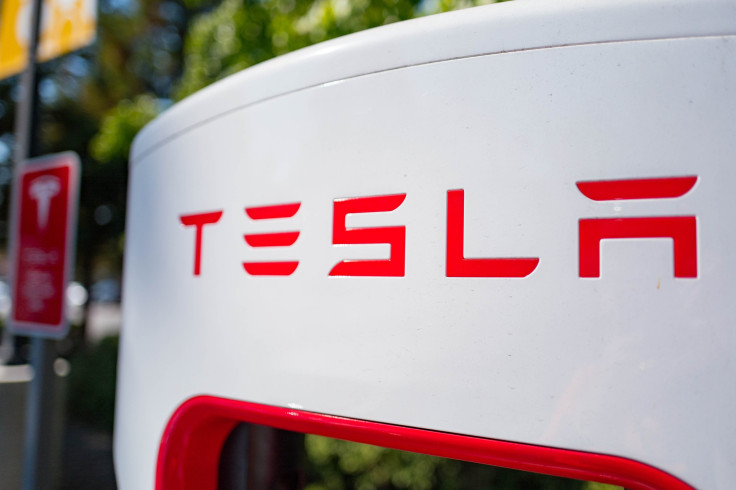Elonroad Charges Tesla, EVs While Driving, Charging System To Launch In Sweden

Charging stations may go irrelevant if the upcoming trial of Elonroad in Sweden turns successful and becomes ripe for commercial use. It will charge electric vehicles on-the-go, moving away from the practice of vehicles having to keep long storage batteries to run.
The Swedish city, Lund will pioneer the world’s first real-life demonstration of the new electric road. It will start with a one-kilometer-long stretch by Elonroad, to enable electric vehicles to charge up while driving.
Sweden plans to build the first section of the demo road in 2020. In the experimental roll out, city of Lund will begin installing the first kilometer of Elonroad track on a bus route to recharge electric buses while moving.
Multiple advantages
In the current scenario, all-electric vehicles including Tesla cars are using long sized batteries and entail high costs. They will be a thing of the past if the new road technology becomes viable.
The innovative electric road technology makes batteries 80 percent smaller than the traditional counterpart and makes e-vehicles cheaper.
This is the brainchild of Sweden’s Dan Zethraeus, who understood the problem of short range batteries bothering the user’s way back in 2011 when he wanted to buy an electric car.
Those days in 2011, Tesla Model S was just readying for sale and Nissan LEAF too faced the limited range problem.
Zethraeus chose to name his business Elonroad signaling the need to promote charging electric cars while on the move. But the name has no connection with Tesla boss Elon Musk clarifies Zethraeus.
The venture turned successful after 8 years of struggle backed by the research support of the University of Lund and some funding from the Swedish government.
In this case, there is no need to electrify the entire length of a road. “If [a car] drives one kilometer on our electric road, it can drive another two kilometers on the energy it charged from our road. So it makes a total of three kilometers of driving. But you only pay for one kilometer of installation,” Zethraeus points out.
Just by adding a contact device to the belly side of an electric vehicle, an electric vehicle becomes ready to take the charge.
Chance to replace long batteries
Researchers say Elonroad systems would allow electric cars to use 80 percent smaller batteries.
Using smaller batteries would mean cutting costs and emitting less carbon pollution to the atmosphere. But a dissenting argument is the economies of scale. Excessive use of smaller batteries will require more mining of scarce materials like lithium and cobalt to electrify more vehicles.
However, it will take a couple of years before the Elonroad system becomes common. But the start at Lund is inspiring as the first real-world test of the Elonroad system.
© Copyright IBTimes 2024. All rights reserved.





















